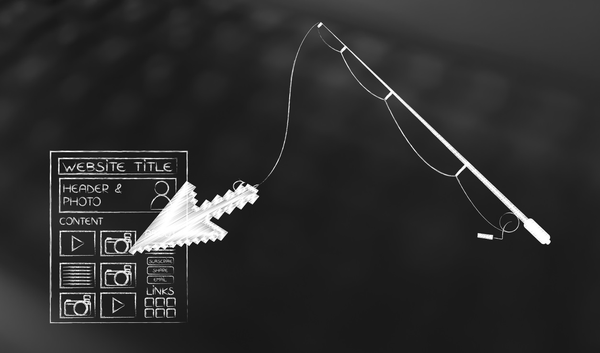

The end of clickbait digital marketing tactics has come. The signs are everywhere, if you know where to look for them.
We’ve spent years chasing short-term performance metrics and battling competitors for the fleeting attention of the world’s huge digital audience. The result? A clickbait race to the bottom. An insatiable thirst for consumer attention has lead brands toward a frightening (and unsustainable) marketing reality.
But brands are catching on.
Short-termism, which has driven digital marketing strategies for the better part of the 2010s, has finally begun to falter. Many of the world’s most established retail brands have found themselves in a tailspin. Unsustainable digital marketing tactics have been chipping away at the hard-won identities that helped brands soar to consumer relevance in the first place.
And they aren’t happy about it.
For forward-thinking brands, the time has come to double-down on messaging, even as margins are being squeezed by a rapidly shifting consumer landscape.
2020 brings with it a welcome end to short-termism and clickbait tactics in digital marketing. A shift toward a more sustainable and long-term brand-building vision is on the horizon.
Here’s why.
Chasing the wrong metrics
The revealed that, on average, CMOs spend 68.5% of their time ‘focusing on the present’ and only 31.5% of their time ‘preparing for the future’. The disequilibrium can be attributed in large part to an industry-wide overemphasis on short-term engagement metrics. While this often leads to bottom line improvement, chasing engagement using spurious tactics or dishonest practices can damage brand equity and lower customer lifetime value (CLV).
While much more difficult to measure, and bereft of the “quick wins” that lie at the core of many modern digital marketing strategies, 2020 will see brands take a longer-term view of their valuable audience relationships. The impetus will be on brand building through effective messaging and a more consumer-centric approach to digital marketing.
The marketing copy supply/demand gap
The days of TV, print, radio, and outdoor advertising being the only keys to the consumer kingdom are gone forever. that 71% of UK ad spend will be allocated to digital media by 2022 – the first market in the world to cross the 70% threshold.
With an increasing number of marketing channels to service, and a rapidly shrinking window of time to engage consumers, effective marketing copy is now at a premium. Finding new, cost-effective ways to deliver quality, on-brand marketing copy to service the digital world’s many marketing channels will be the most crucial quest of the modern brand in 2020.
The brand voice paradox
Clothing megabrand retailer Gap announced . A strategic shift like this represents a growing understanding of the difficult-to-quantify yet crucial value of brand voice in retail marketing and its effect on consumer-brand perception.
The clickbait-driven discounting race to the bottom has proven to be a red herring for retail brands, with many of them finding that the short-term gains deep discounting had to offer were not worth the brand value sacrifice they required. And it’s only a matter of time that more forward-thinking brands adopt this manner of thinking.
Conclusion
As the world watches 2019 drift away in our collective rear-view mirror, we bid farewell to the short-termism that has driven digital marketing strategies since the earliest days of the internet. The cornerstone of marketing strategy – The Brand – will no longer be sacrificed upon the alter of engagement. Instead, a more sustainable, clickbait-free future awaits us. This new paradigm is something we should all celebrate as a new decade dawns.
(c)iStock.com/faithiecannoise
Interested in hearing leading global brands discuss subjects like this in person?
Find out more about Digital Marketing World Forum (#DMWF) Europe, London, North America, and Singapore.
